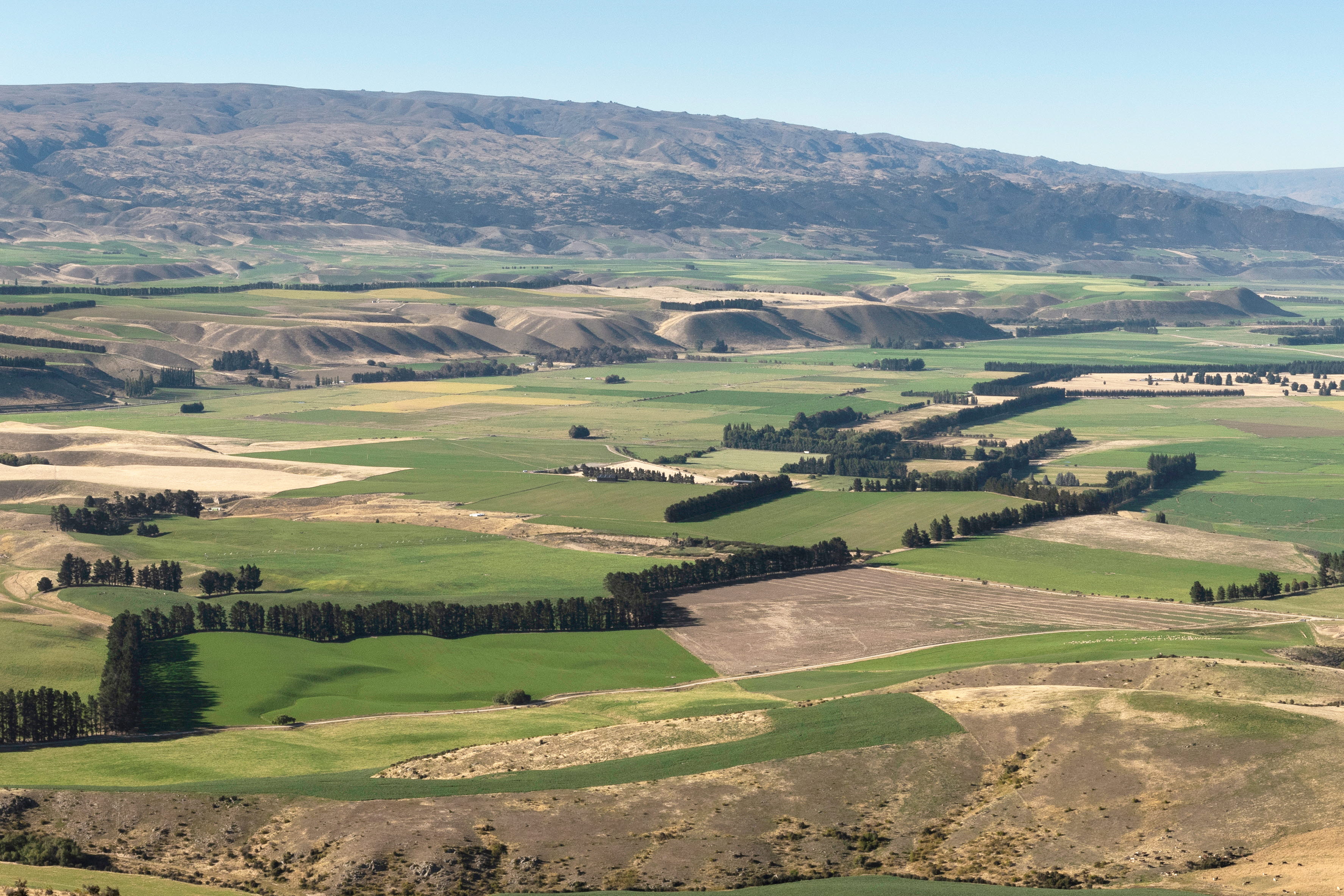24 Sep 2021
New assessment a step forward for Central Otago airport
Christchurch Airport has released a preliminary aeronautical assessment of its site in Tarras.
The assessment was undertaken with aviation consultancy Airbiz with the support of technical specialists.
"The key finding is that the site is able to support an airfield with a single runway of at least 2.2 kilometres, although more detailed analysis is required."
- Michael Singleton
Project Director Michael Singleton says the preliminary assessment is simply a small step forward for the project.
“The findings are encouraging but they’re not final. This assessment has given us the confidence to undertake the next stage of more detailed analysis to determine a preferred single runway alignment.”
The assessment identifies two potential runway alignments – one aligning to the Lindis Valley and Lake Dunstan, the other to the Hawea Valley and Lake Dunstan.
“This initial assessment shows both options enable safe and efficient operation of various aircraft types, including new generation narrow and widebody jets, freight, turboprop and small passenger aircraft.”
The site could enable a longer runway of up to 3km but more analysis is needed to confirm this.
“A single 2.2km runway would be able to serve all of New Zealand’s domestic routes and some short-haul international destinations such as Australia and parts of the Pacific,” says Michael Singleton.
“In general, a longer runway creates more opportunity for the region it serves because it enables businesses and people to connect with more destinations. Our job is to think long-term and identify what opportunities this site could deliver well into the future,” says Michael Singleton.
The preliminary assessment also found both alignments enable aircraft to connect to existing flightpaths and have similar emissions profiles.
"Assessing carbon performance is important. Sustainability is embedded into the way Christchurch Airport operates and any new airport would have to demonstrate how it fits in New Zealand’s low-carbon future to get the required planning and operating approvals."
- Michael Singleton
“The assessment shows the site is suitable for the latest navigation and airfield technology which improve safety and fuel economy and reduce emissions.”
Noise impacts are yet to be technically analysed in detail, but the assessment contains illustrative noise profiles from a single aircraft movement on both alignments.
“While the lighter population of the area may lower the overall impact, we are committed to identifying and finding solutions,” says Michael Singleton.
As well as assessing impacts, the next phase of airspace analysis will be aimed at validating and refining the outcomes of the preliminary assessment. This will take between 6 and 9 months at which time the airport expects to be able to identify its preferred runway alignment.
Michael Singleton says the project’s Planning and Validation phase is expected to run to 2023.
“We have a number of interconnected and complex studies to undertake during this phase. It won’t be until they’re completed that we can make a decision on whether to take the project into the next phase – getting the required operational and planning approvals. In the meantime, we will continue sharing what we learn with those interested in the project.”
Details of the preliminary aeronautical assessment can be downloaded from the project’s website: www.centralotagoairport.co.nz
Background Information
Christchurch Airport is the international gateway to the South Island and a major driver of the South Island regional economy.
The airport has been named by travellers as one of the world’s best airports and is consistently rated by an independent international quarterly travellers’ survey as the best airport in Australia and New Zealand.
Before Covid-19, Christchurch Airport welcomed 11 airline partners, all of whom have indicated they will return when the New Zealand border re-opens.
The airport has achieved strong growth, having posted record passenger and financial results since the Canterbury earthquakes, and in FY2021 was one of few airports worldwide to report increased revenue and profits – in spite of the global pandemic. During the same financial year, the airport became the first in the world to achieve Level 4 decarbonisation accreditation under the Airports Council International program.
Christchurch Airport is owned 75% by Christchurch City Holdings Limited and 25% by the Crown.
